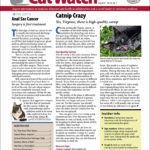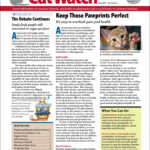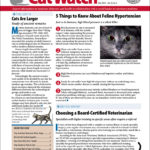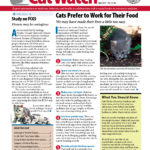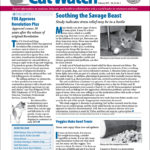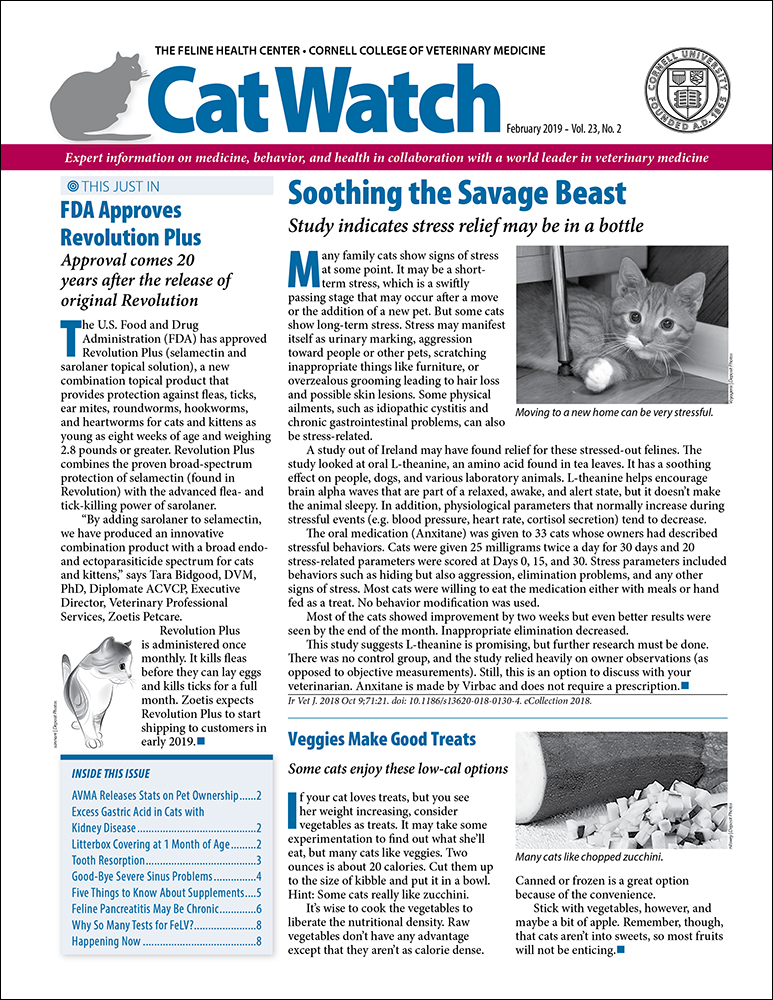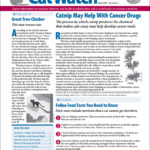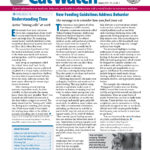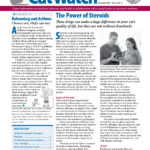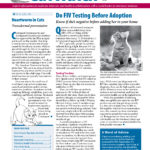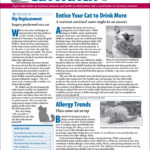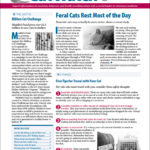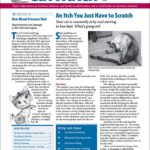Download the Full July 2019 Issue PDF
Download the Full July 2019 Issue PDF
Download the Full June 2019 Issue PDF
Download the Full June 2019 Issue PDF
Download the Full May 2019 Issue PDF
Download the Full May 2019 Issue PDF
Download the Full April 2019 Issue PDF
Download the Full April 2019 Issue PDF
Download the Full March 2019 Issue PDF
Download the Full March 2019 Issue PDF…
Download the Full January 2019 Issue PDF
Download the Full January 2019 Issue PDF

